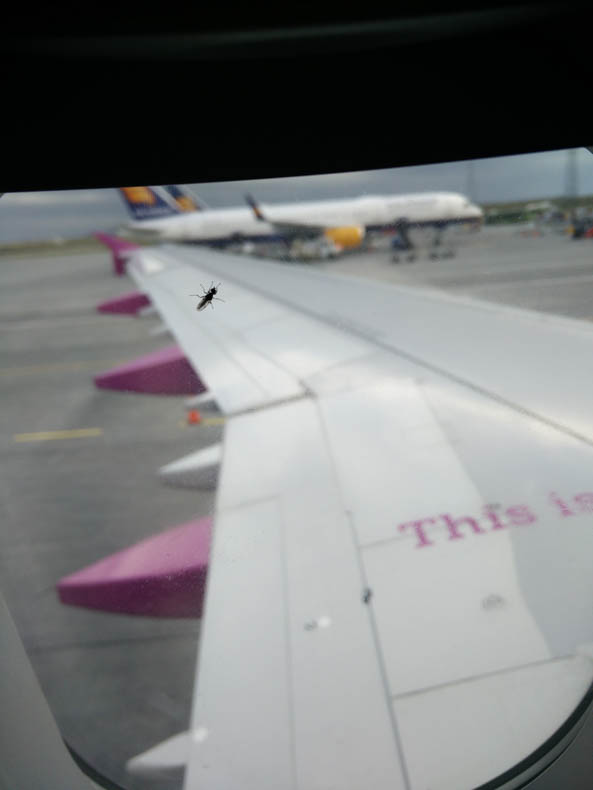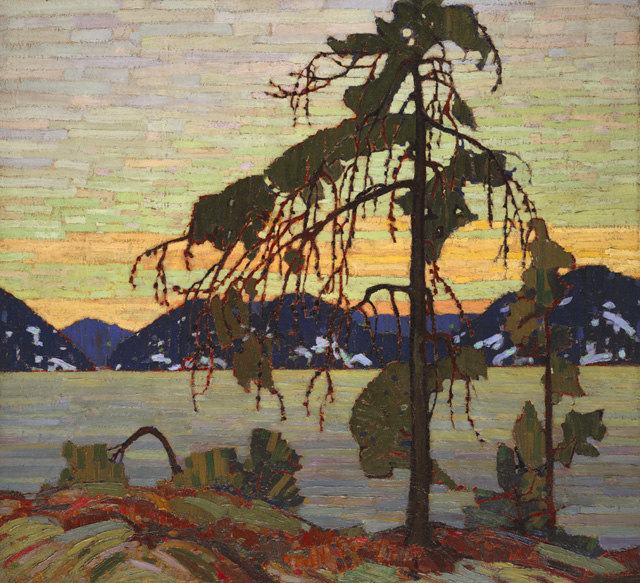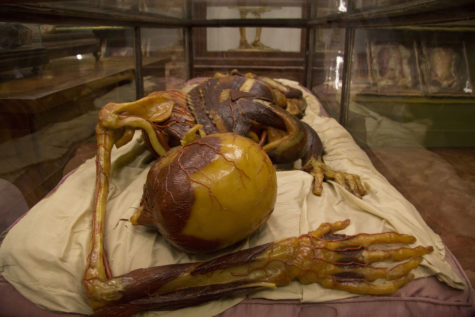 It was another awesome week on LWON. At least we think so.
It was another awesome week on LWON. At least we think so.
Helen revived her curious theme of bugs on the window on Monday, but this time the bug, on an airplane, was on the INSIDE! Terrifying. Should she kill it or let it ride to Syracuse? (Or wherever it was going. I mean, maybe the bug had a connecting flight so we can’t really say much about its trip.)
Then came Craig’s really lovely piece about being alone out there in nature. I like this essay a lot, even the part where Craig does a lot of grunting–you should read it.
Guest poster Alison Fromme gave us a terrific read about learning to build a human skeleton out of wax the way 18th-century Florentine anatomists and artists used to do. It’s very hands on and oh-so interesting.
On Thursday Erik recalled being with shark hunters pondering his pity for the dying fish and what that means re: his moral code re: wildlife conservation. (That was a lot of re:s and I apologize.)
Finally, we ended the week with an interview: Ann interviewed me! About my new book! Which you can buy here!
Enjoy your weekend, people, and see you Monday.
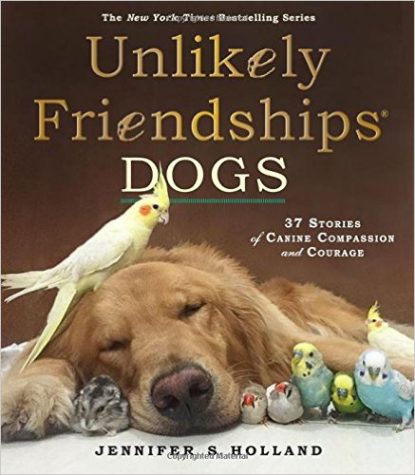
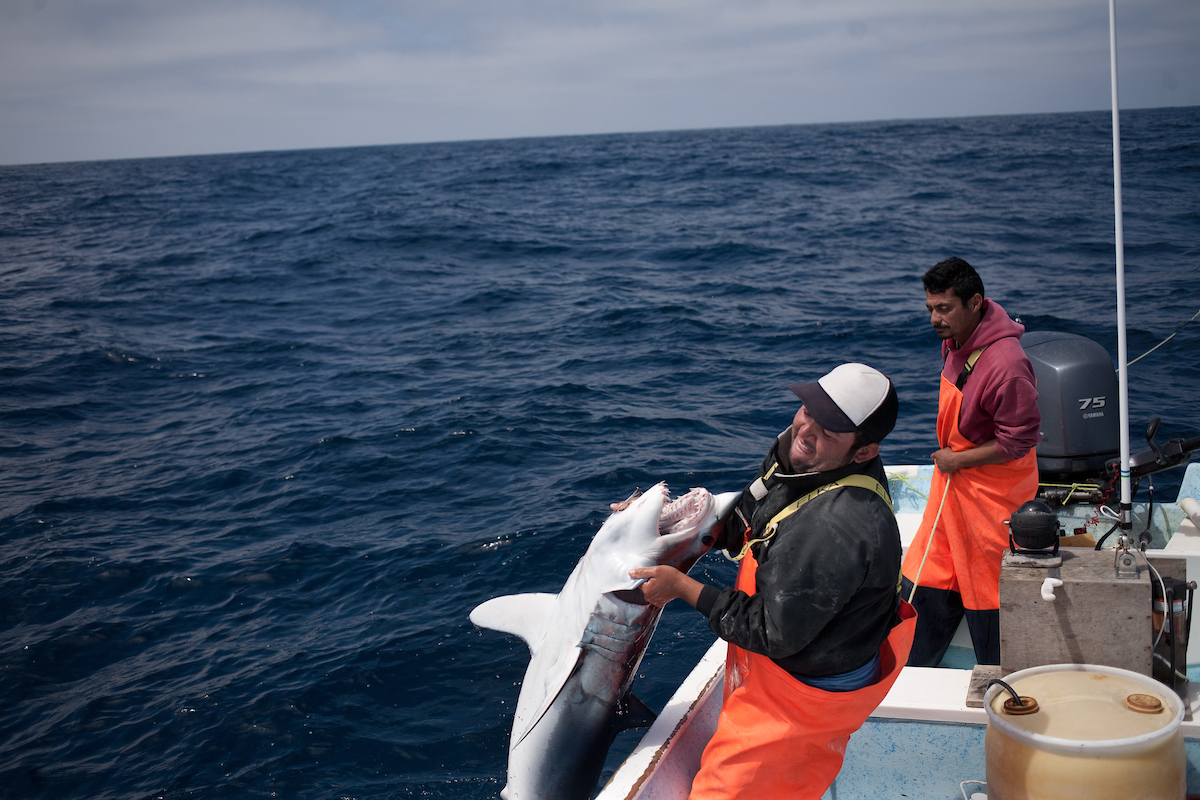
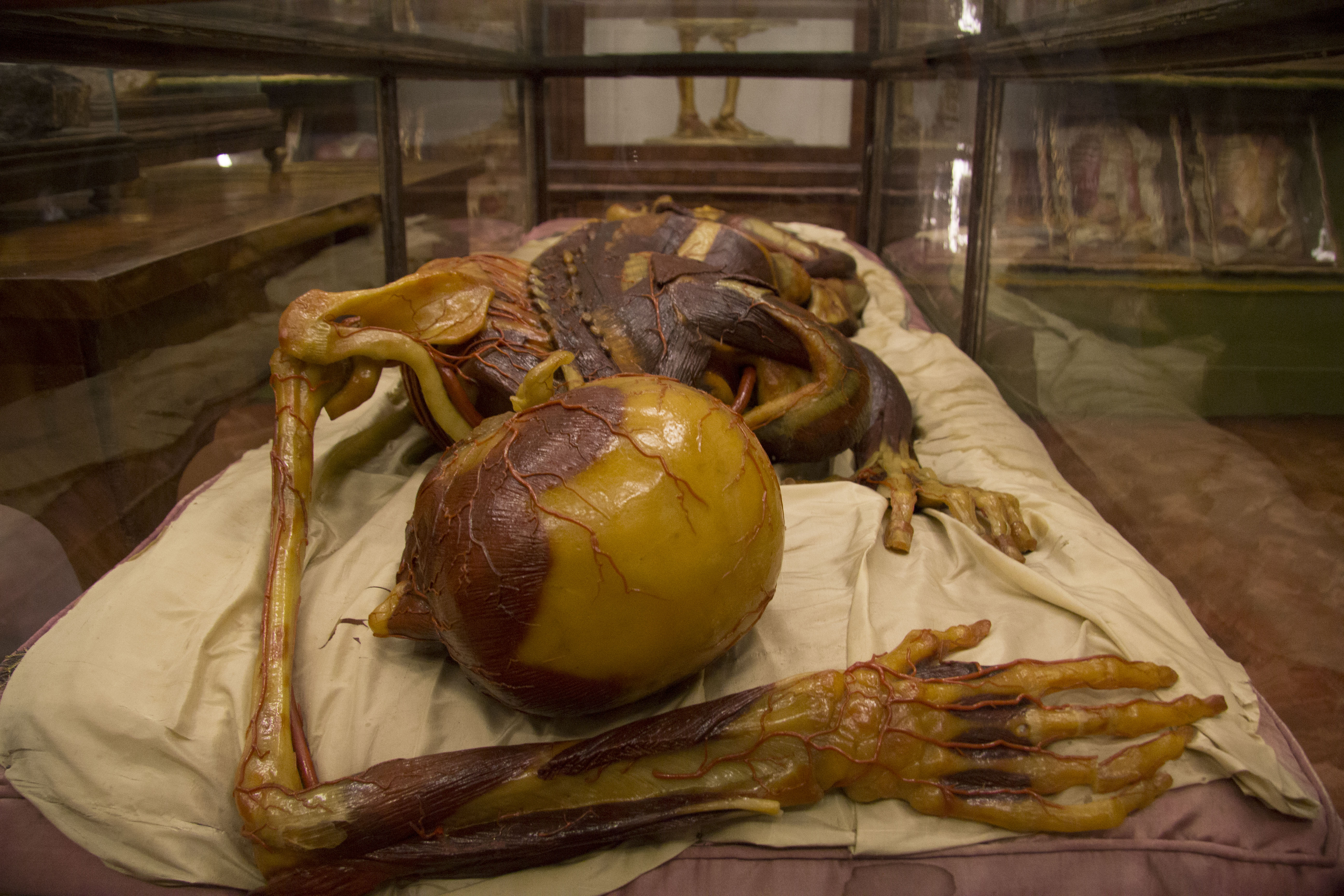 I took my place at the gray table in the gray, poorly-lit room, meeting the gaze of the eyeless skull staked upright before me. A stiff rectangular block of white wax was my only material, and a simple metal implement, sharp like a scalpel on one end and rounded like a spoon on the other, my only tool—other than my own hands and head, once full of vertebrate anatomy knowledge, now less so. To my right, another student, a painter, ripped wax from his block and manipulated it. My weak hands couldn’t get a grip.
I took my place at the gray table in the gray, poorly-lit room, meeting the gaze of the eyeless skull staked upright before me. A stiff rectangular block of white wax was my only material, and a simple metal implement, sharp like a scalpel on one end and rounded like a spoon on the other, my only tool—other than my own hands and head, once full of vertebrate anatomy knowledge, now less so. To my right, another student, a painter, ripped wax from his block and manipulated it. My weak hands couldn’t get a grip.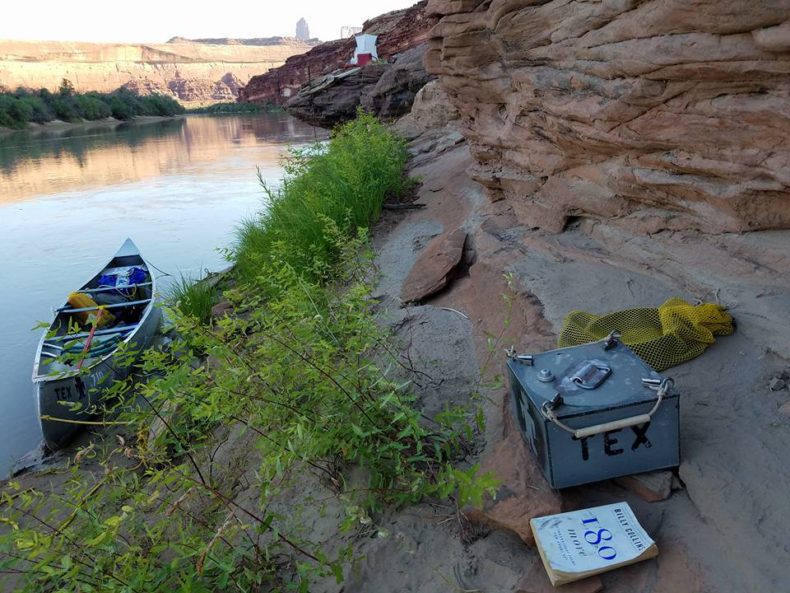 Something about the way a river trip starts. Gear gets thrown in, arranged, tied down, and when the current picks up and carries you downstream, your sense of time and distance immediately changes. Connection to the other 7 billion or so people on the planet loosens, and connection to something bigger, and in ways smaller, more intimate, takes hold.
Something about the way a river trip starts. Gear gets thrown in, arranged, tied down, and when the current picks up and carries you downstream, your sense of time and distance immediately changes. Connection to the other 7 billion or so people on the planet loosens, and connection to something bigger, and in ways smaller, more intimate, takes hold.